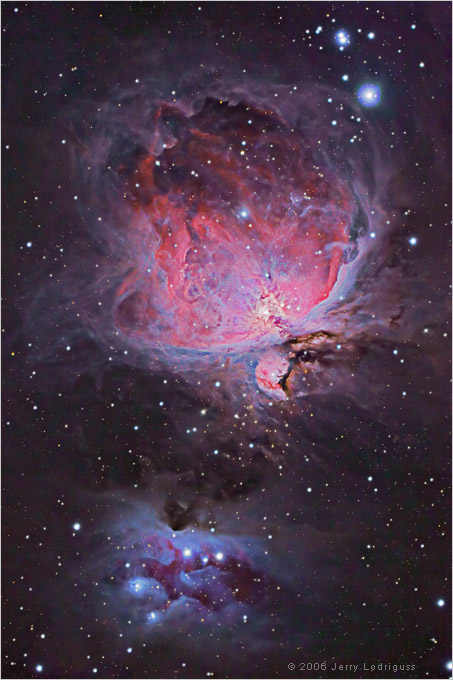

add_option( '-scale-units', dest = 'scale_units',Ĭhoices =( 'arcsecperpix', 'arcminwidth', 'degwidth', 'focalmm'), help = 'Units for scale estimate ("arcsecperpix", "arcminwidth", "degwidth", or "focalmm")') add_option( '-urlupload', '-U', dest = 'upload_url', help = 'Upload a file at specified url') add_option( '-annotate', '-a', dest = 'annotate', help = 'store information about annotations in give file, JSON format implies -wait if -urlupload or -upload') add_option( '-kmz', dest = 'kmz', help = 'Download resulting kmz file, saving to given filename implies -wait if -urlupload or -upload') add_option( '-corr', dest = 'corr', help = 'Download resulting corr.fits file, saving to given filename implies -wait if -urlupload or -upload') add_option( '-newfits', dest = 'newfits', help = 'Download resulting new-image.fits file, saving to given filename implies -wait if -urlupload or -upload') add_option( '-wcs', dest = 'wcs', help = 'Download resulting wcs.fits file, saving to given filename implies -wait if -urlupload or -upload') add_option( '-wait', '-w', dest = 'wait', action = 'store_true', help = 'After submitting, monitor job status') add_option( '-upload-xy', dest = 'upload_xy', help = 'Upload a FITS x,y table as JSON') add_option( '-upload', '-u', dest = 'upload', help = 'Upload a file') Help = 'API key for web service if not given will check AN_API_KEY environment variable') add_option( '-apikey', '-k', dest = 'apikey', Transcribed image text: (48 of 50) Why is the Astrometry method more difficult than the Doppler method The Doppler method is more difficult because distant stars move an extremely small amount as viewed from Earth, so it is difficult to measure that motion. Help = 'Set server base URL (eg, %default)') Answer to Solved (48 of 50) Why is the Astrometry method more. add_option( '-server', dest = 'server', default = Client. 'jobs_by_tag?query=%s&%s' % ( quote( tag. send_request( 'submissions/%s' % sub_id)Įxact_option = 'exact=yes' if exact else '' send_request( 'jobs/%s/info' % job_id)ĭef sub_status( self, sub_id, justdict = False): send_request( 'jobs/%s/annotations' % job_id) send_request( 'jobs/%s/objects_in_field' % job_id) send_request( 'jobs/%s/machine_tags' % job_id) send_request( 'jobs/%s/calibration' % job_id) overlay_plot( 'galex_image_for_wcs', outfn,ĭef job_status( self, job_id, justdict = False): overlay_plot( 'sdss_image_for_wcs', outfn,ĭef galex_plot( self, outfn, wcsfn, wcsext = 0): Print( 'Result status:', result)ĭef sdss_plot( self, outfn, wcsfn, wcsext = 0): application import MIMEApplicationĭef send_request( self, service, args =) multipart import MIMEMultipartįrom email. request import urlopen, Requestįrom urllib2 import urlopen, Request, HTTPErrorįrom email. parse import urlencode, quoteįrom urllib.
#ASTROMETRY .SOLVED LICENSE#
# Licensed under a 3-clause BSD style license - see LICENSEįrom urllib. (there is an "odds-to-tune-up" option, to try to tweak up an ok-but-not-good-enough solution to see if that helps.)Īlso, note that if the odds threshold is very high, then the index needs to have a lot of stars in the image to be able to hit the threshold - the odds increase by a maximum amount per star, so a given odds threshold is also a threshold on the number of stars required, and since the density of stars is related to the size of the features in the index, that means that if you set the odds very high, it will only be able to get solutions from index files with small quads, and these will generally have more relative noise in the solution.# This file is part of the suite. When you are just outside the 0.4 range, it may sometimes work and sometime not work, depending on the number of asterisms that it finds in your camera's FOV. But it could be that by rotating an initial solution by 0.001 degrees, we get a much better solution, so setting the odds higher doesn't guarantee you get a better final answer. According to the ASIAIR User's Manual, the original ASIAIR only supports Plate Solving for an FOV that is greater than 0.4. The default 1e9 threshold is high enough that we basically never accept a false positive (except for cases where the stars in the image aren't randomly distributed in 2D - eg, when there are sources in a straight line, or things like globular clusters).

Note that there is no "tweaking" at this point - the prediction is evaluated entirely based on the four-star match. The "odds" threshold is how much better than random chance that prediction has to be. Since there can be false matches (four-star features can look the same within error), it then predicts where *else* it should expect to find stars. Each of those is a proposed match between your image and a part of the sky.
#ASTROMETRY .SOLVED CODE#
The code works by finding quadrangles of stars in your image, computing their shapes, and finding matching shapes in the index files.


 0 kommentar(er)
0 kommentar(er)
